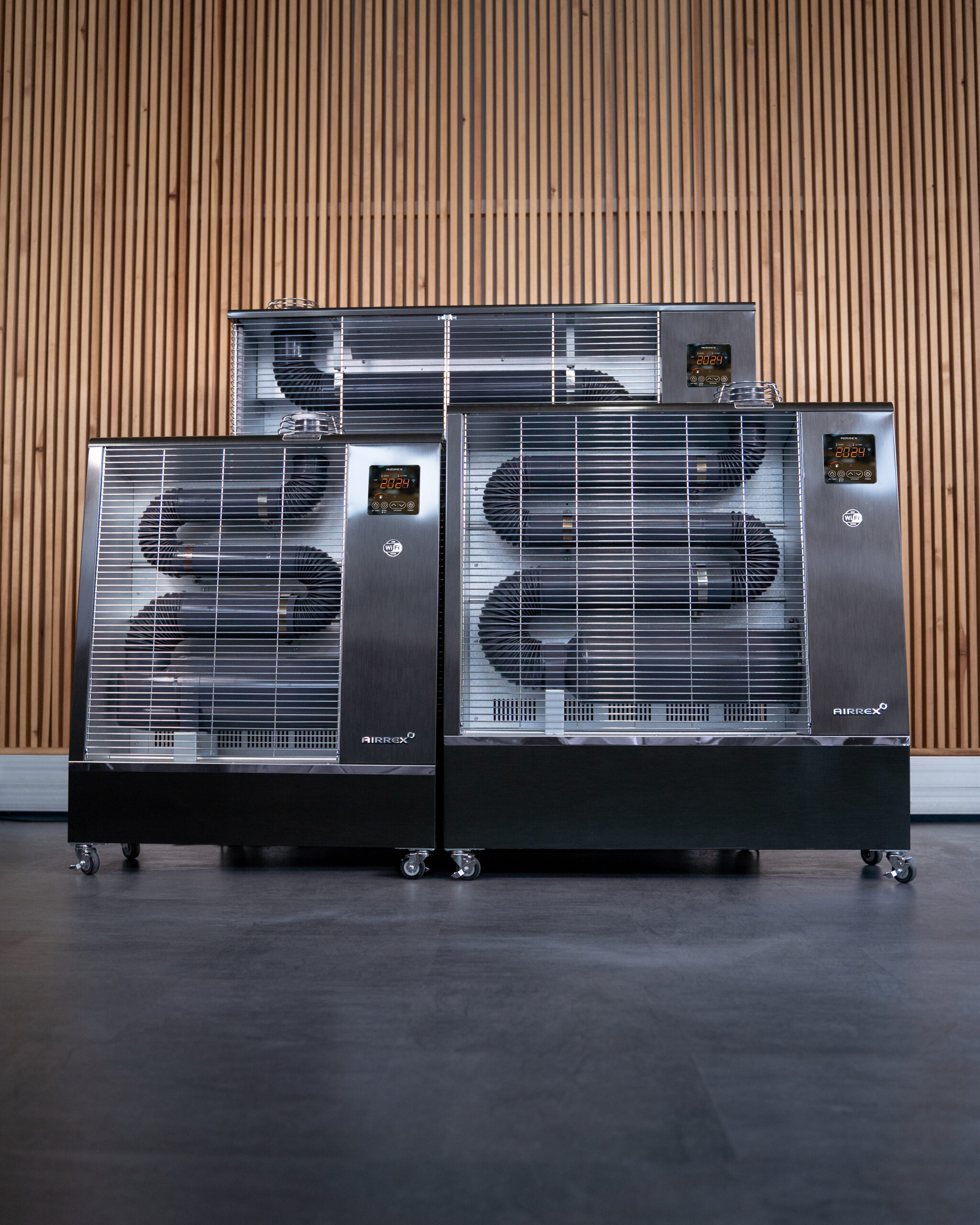Which base is the best option? Well, with many of these things, it depends. So read on, and see which one would work for your space
The Importance of a Good Base for Your BBQ Cabin in Scotland
(Or, How to Avoid Having Your Cabin Turn into a Damp Dungeon)
So, you’ve finally done it. You’ve decided to invest in a BBQ cabin. Not just any cabin, mind you—this is your dream outdoor haven where you can grill sausages, drink whisky, and laugh in the face of Scottish weather while everyone else huddles inside watching the rain. But before you get too carried away picturing endless nights of grilling, chatting, and showing off your cabin to jealous friends, we need to have a chat. A very important one.
We need to talk about your cabin’s base.
Yes, I know, it’s not the most glamorous part of your BBQ hut journey. But without the right foundation, that lovely Scandinavian-inspired hut will become more of a sauna. And not the nice, warm, "towels and cucumber water" kind. More like a damp, drafty swamp that smells of mildew and soggy burgers. Nobody wants that.
So, why is a good base so important for your BBQ cabin in Scotland? Grab yourself a cup of tea (or something stronger) and settle in because we’re about to dive into the thrilling world of bases. Trust me, by the end of this, you’ll never look at the ground in the same way again.

Why You Absolutely, Definitely, Without Question Need a Good Base
Let’s start with the basics. The base is what keeps your BBQ cabin standing strong and, more importantly, dry. A good base ensures that your cabin is level, stable, and—here’s the kicker—well ventilated from underneath. Yes, airflow, my friends. It’s not just important; it’s crucial. Without proper airflow beneath the cabin, you might as well set up your BBQ inside a Tupperware container. Sure, you could grill some food, but don’t be surprised when everything inside smells like a wet sock.
Why is airflow so important? Because Scotland is damp. No, scratch that—Scotland is positively drenched. We’ve got rain, mist, fog, and the occasional deluge that turns your garden into a bog. Without airflow underneath your BBQ cabin, moisture will get trapped, leading to rotting wood, mould, and a general feeling that your hut is more fit for a family of frogs than a family barbecue.
Think of your BBQ cabin like a fine piece of smoked meat—it needs to breathe. Without that air circulation, it just won’t work. Instead of lovely, seasoned wood, you’ll have damp, decaying timber. Instead of a cosy retreat, you’ll have a cabin that feels like it’s slowly sinking into the muck. And instead of an impressive garden showpiece, you’ll have a conversation starter for all the wrong reasons.
The Comedy of Errors: What Happens Without Proper Airflow
Picture this: You’re sitting in your BBQ cabin, having a grand old time. The fire is going, the meat is sizzling, and life is good. Then you notice something… odd. Is that a whiff of mildew? You ignore it, of course, because who wants to face the truth? But as the weeks go by, the smell intensifies. The floor feels damp underfoot. The cushions start to get that not-so-fresh feeling. And suddenly, it hits you—your beautiful BBQ cabin has turned into a glorified garden shed that no one wants to step foot in.
This is what happens when you don’t have proper airflow under your cabin. Moisture gets trapped, wood starts to rot, and before you know it, your cabin is on its way to becoming compost. Congratulations, you’ve built the world’s most expensive compost bin.
But it doesn’t have to be this way. All you need is a proper base, and you’ll be grilling away in comfort while the rain pounds outside and the midgies look on enviously from the other side of the glass.
Let’s Talk About Bases: Concrete, Frames, and Pegs—Oh My!
Now that you’re thoroughly convinced that your BBQ cabin needs a proper base (you are convinced, right?), let’s chat about the options. You didn’t think I’d leave you hanging, did you? Of course not. At Scotia Cabins, we offer several types of bases, and each one has its own benefits and quirks. Some are straightforward, some are clever, and some are... well, let’s just say they’re for the adventurous types.
1. The Concrete Base
Ah, concrete. It’s the base that says, “I’m not messing around.” Solid, dependable, and about as permanent as you can get. If you go for a concrete base, you’re basically saying to the Scottish weather, “Bring it on.” Rain? No problem. Wind? I laugh in the face of wind.
A concrete base is the ultimate in stability. It’s not going to shift, sag, or sink, no matter how soggy the ground gets. Plus, it’s level, which means your BBQ cabin will sit perfectly, with no worrying about wobbly furniture or sloping floors.
The downside? Well, let’s be honest—concrete isn’t exactly glamorous. And once it’s there, it’s there. If you change your mind later and want to move the cabin, you’ll have a nice big concrete slab left behind.
2. The Frame Base
Next up, we have the frame base. This is the base for those who want a little more flexibility. It’s sturdy, it’s practical, and—most importantly—it allows for excellent airflow underneath your BBQ cabin. That’s right, no swampy conditions here!
A frame base is raised off the ground, which means air can circulate freely beneath the cabin. This is great for keeping moisture at bay and preventing that dreaded wood rot. Plus, it’s a bit more eco-friendly than concrete, as it requires fewer materials and is easier to dismantle if you ever want to move your cabin (though, really, why would you?).
The frame base is also more forgiving when it comes to uneven ground. If your garden is a bit hilly (and let’s face it, whose isn’t?), the frame can be adjusted to fit the contours of your land. No need to level everything out perfectly like with concrete.
It is also great to use if you already have a hard standing area that you want to hide or reprupose.

3. The Timber Peg Base
Untoched space? The timber peg base might be for you. This is the base for those who like their BBQ cabin to blend seamlessly into the natural surroundings.
Timber pegs are driven into the ground, raising your cabin up and allowing for that crucial airflow. It’s a simple, elegant solution that works particularly well if you’re building on uneven terrain. No need for concrete or heavy-duty frame structures—just some sturdy wooden pegs to keep your cabin high and dry.
Of course, timber pegs are, well, timber. And while they’re treated to withstand the elements, they won’t last forever. Over time, they may need a bit of maintenance, especially in Scotland’s rather “moist” climate. But hey, if you’re the hands-on type who doesn’t mind a bit of upkeep, this could be the perfect base for you.
4. The Composite Peg Base
Last but certainly not least, we have the composite peg base. Now we’re talking high-tech. If the timber peg base is the rustic, nature-loving choice, the composite peg base is its sleek, modern cousin.
Composite pegs are made from durable materials that won’t rot, warp, or decay over time. They’re immune to moisture, which is music to the ears of anyone who’s ever had to deal with soggy wooden posts. Like the timber pegs, they raise your cabin off the ground, ensuring proper airflow and keeping everything nice and dry underneath.
The composite peg base is perfect for those who want the benefits of a raised base without the maintenance. It’s long-lasting, weather-resistant, and requires zero effort on your part. Just set it up, forget about it, and get on with the important things—like firing up that BBQ.
So, Which Base Will You Choose?
Now that you’re well-versed in the world of BBQ cabin bases, it’s time to make a choice. Will you go for the tried-and-true concrete base, the flexible frame base, the rustic timber pegs, or the futuristic composite pegs? Each one has its perks, but they all share one important feature: they’ll keep your BBQ cabin dry, well-ventilated, and standing strong against whatever the Scottish weather decides to throw at it.
At the end of the day, the most important thing is that you get a base that provides proper airflow. Because without it, you might as well just invite the local ducks over for a BBQ—they’ll feel right at home in the damp, swampy conditions.
So, give us a call, and let’s make sure your BBQ cabin has the foundation it deserves. After all, your sausages are counting on you.




